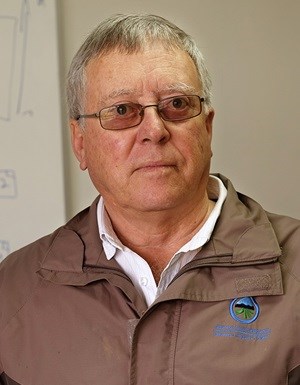
According to Joubert, such measures would most probably not have been necessary had the Nelson Mandela Bay Municipality adhered to government gazetted water restrictions of 15% implemented in July last year.
The incomplete Nooitgedacht Low-Level Water Scheme – a project several years in the making aimed at bolstering the metro’s water supply – put further pressure on the Kouga Dam, said Joubert. Reports last year state that the project, which was initially touted for completion in 2013, would be completed in 2017.
Joubert said a survey conducted by GIB a few years ago had revealed that 10,000 employment opportunities are created in the Gamtoos Valley when farmers relying on irrigation receive their full allocated water quota. “With every 10% reduction in the water quota, a thousand job opportunities are lost,” he warned, adding that the metro had not been applying responsible water management.
Joubert warned that if the level of the Kouga Dam dropped to the point where water restrictions had to be implemented and it could be proved that irrigation farmers were suffering financial losses as a result, his council would not hesitate to institute claims against the metro. The rate at which restrictions are implemented is decided by the board.

The water system in the Gamtoos is designed in such a way that the dam at Loerie serves as a balancing dam, which must always have water in it. It is from this dam that water is being rerouted to the metro. “Although the metro already used up its full quota between last July and February this year, they have nevertheless continued to withdraw water from the Loerie dam,” said Joubert. Joubert said the possibility of a monthly rather than an annual quota for the metro was currently being investigated.
In 1991, irrigation farmers in the Gamtoos Valley had a choice to either remain under the State Water Scheme (Water Act, 1956) or establish an irrigation board. They opted for the latter. Although the infrastructure (Kouga Dam and canals) still belongs to the State, the newly established Gamtoos Irrigation Board took over the maintenance and running of the scheme.
In retrospect, this was a wise decision. By keeping the canal system in good condition, the GIB has ensured that agriculture in the Gamtoos Valley could proceed undisturbed for the past 25 years and not be derailed by unnecessary leaks in the system.
Joubert explained that although his council did not have a say in the quotas for consumers, recommendations had been made to the Minister of Water Affairs, who would make the final decision. The responsibility for how the matter with the metro would be addressed, therefore, lay with the Department of Water Affairs, he said.